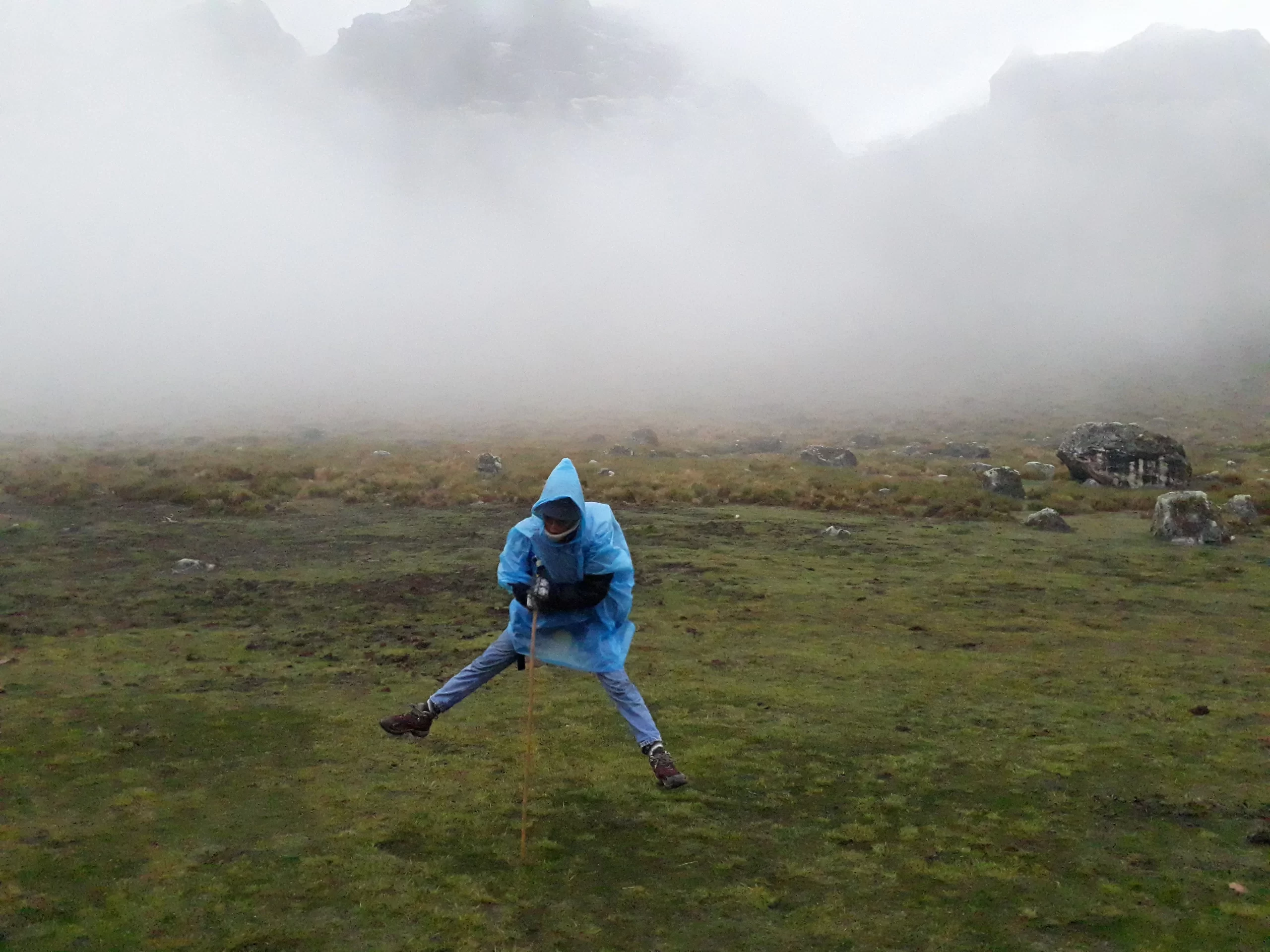
Among the numerous routes to Machu Picchu, the Salkantay Trek stands out as the most renowned trekking path in the Americas. Following your arrival in Cusco from Lima, you’ll embark on a five-day odyssey through lush forests and dense fog, with breathtaking vistas at every turn.The Salkantay Trek serves as an ancient alternative to the Inca Trail, showcasing an extraordinary ecological diversity of flora and fauna.
It’s an ideal choice for travelers seeking an exhilarating adventure en route to the iconic Machu Picchu citadel.
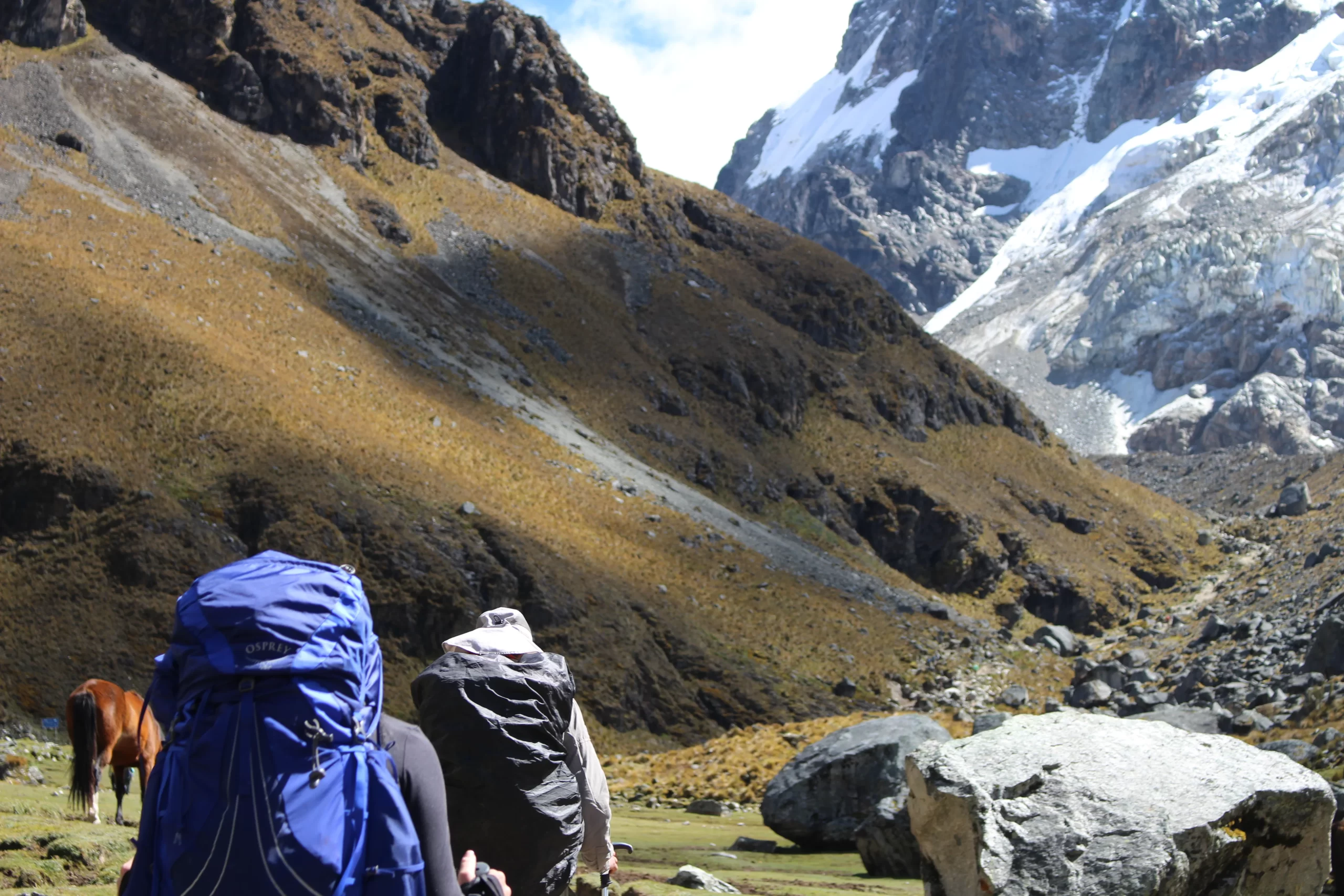
Recognized as one of the top 25 treks globally by National Geographic Adventure Travel magazine, the Salkantay Trek is named after the majestic Salkantay Snowy, a prominent peak in the Cusco region.
Worried about the trek’s difficulty or altitude sickness? Relax – with more than 10 expert recommendations to help you navigate the Salkantay Trek in Peru, you’ll be fully equipped to tackle the adventure and appreciate the breathtaking vistas.
Salkantay Trek Options
- 5-Day / 4-Night Salkantay Trek to Machu Picchu
- 4-Day / 3-Night Salkantay Trek to Machu Picchu
- 3-Day / 2-Night Salkantay Trek to Machu Picchu
- 2-Day / 1-Night Salkantay Hike + Humantay Lake
- 3-Day / 2-Night Llactapata Trek to Machu Picchu
As noted earlier, the Salkantay Trek poses a significant challenge that necessitates thorough preparation.
To guarantee a rewarding trekking experience, here are 8 essential recommendations for the Salkantay Trek:
1. Keep your beverage within easy reach at all times.
While it may seem humorous, many hikers frequently require breaks to rest, unload their backpacks, and rehydrate during mountain treks. To ensure adequate hydration, always carry at least one and a half liters of water. Opt for water or isotonic beverages over carbonated sodas for optimal hydration. Select a suitable container for easy access, allowing you to take small sips regularly. Consider using a hydration pack or a basic canteen stored in a convenient backpack pocket. It’s advisable to have a partially filled water bottle within reach and the remainder securely stored in your bag.
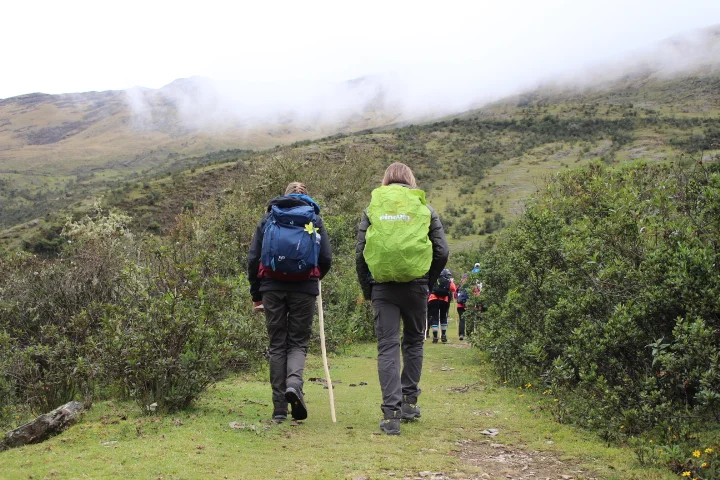
2. Keep a steady pace during ascent.
There is a traditional saying that advises, «Ascend like an elder to arrive as a youth.» This doesn’t imply moving slowly, but stresses the importance of maintaining a steady pace, particularly during uphill climbs. Without knowing the precise distance of the ascent, pushing too hard too soon can lead to premature exhaustion.
3. Utilize trekking poles.
Walking sticks are beneficial for alleviating joint strain, enhancing stability, and clearing obstacles during your trek. Adjust their length for climbing and descending. These inexpensive, lightweight tools are invaluable aids in mountainous terrain.
4. Ensure you wear appropriate hiking footwear.
Opt for hiking boots for enhanced safety compared to other footwear options. Select a comfortable boot with a waterproof membrane like GORE-TEX to minimize the risk of twisting, moisture, and ankle injuries from loose stones. While boots may limit mobility, proper lacing techniques can address this concern. Securely tie your boots during descents to prevent your foot from sliding forward and protect your toes. Loosen the laces slightly during ascents to regain ankle mobility.
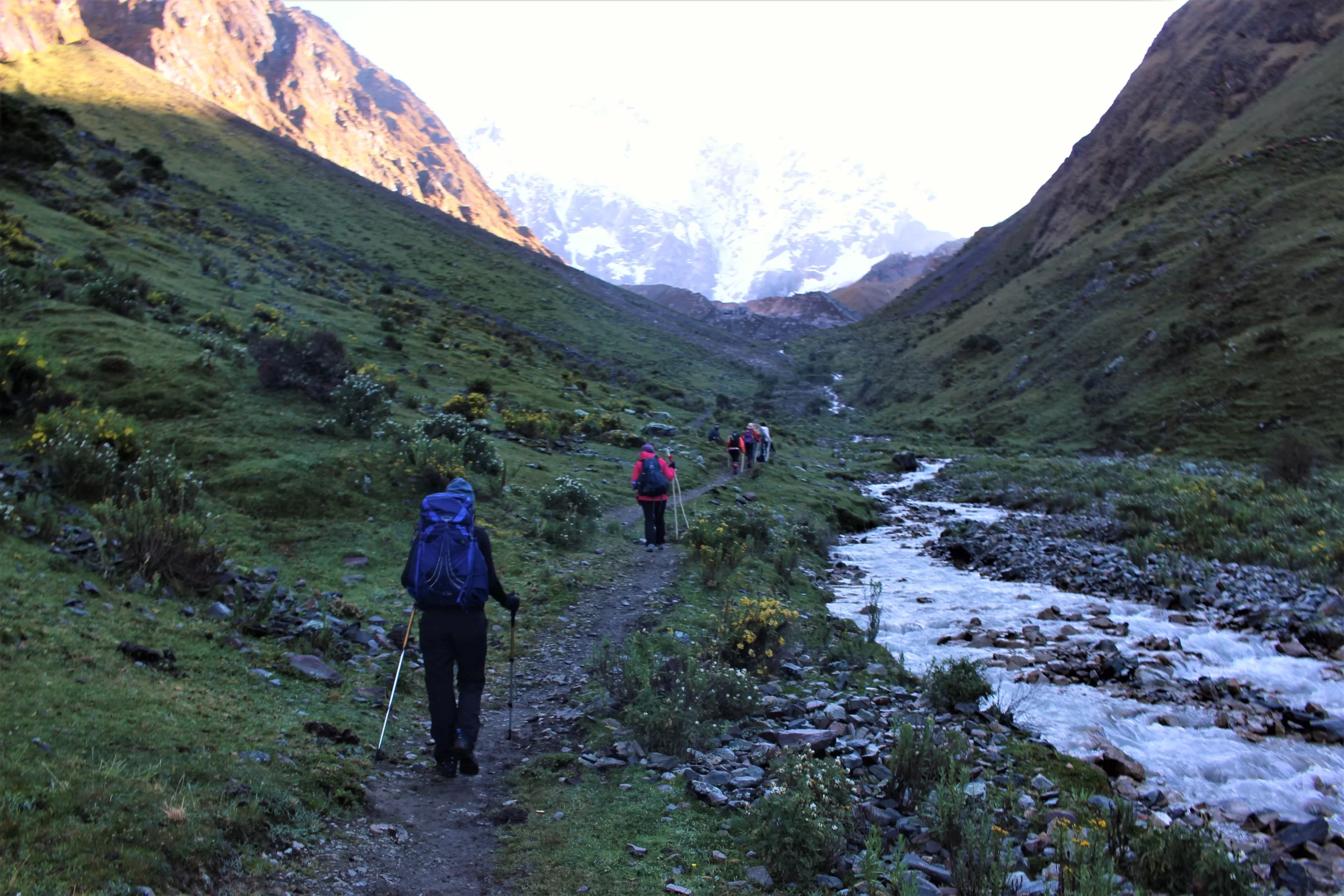
5. Vary your foot positioning during ascents.
Following a prolonged uphill climb, muscle fatigue may set in. Making slight adjustments to the positioning of your feet can alleviate strain on tired muscles, redistributing the workload across different muscle groups.
6. Layer your clothing for varying conditions.
Wear clothing in thin layers, similar to peeling an onion, to minimize bulk and enhance mobility. Opt for technical fabrics that dry quickly in case of moisture or rain, and avoid cotton fabrics that may retain dampness. Additionally, choose clothing that fits snugly to prevent loose items from getting caught on branches or protrusions along the trail.
7. Utilize a backpack with lower back support.
Your backpack should feature not only shoulder straps but also support for your lower back and hips. Carefully distribute the weight inside the backpack and secure it properly to minimize strain on your shoulders.
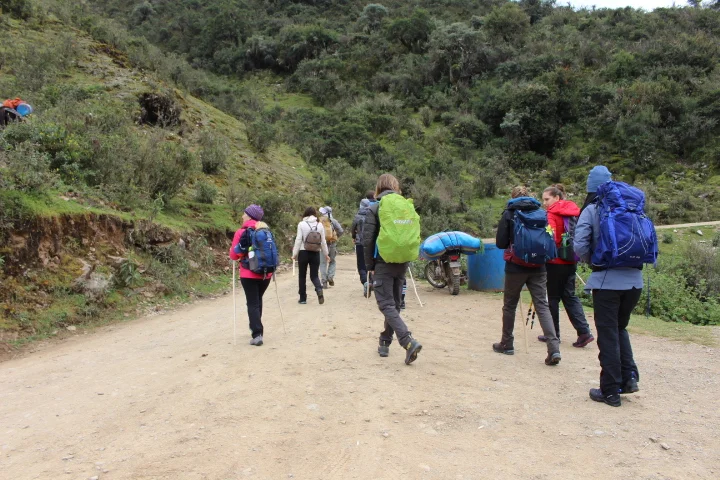
8. Shield yourself from sun exposure and cold temperatures.
When your body is active, it generates significant heat and burns calories. In mountainous environments, a substantial amount of body heat is lost through the feet and head. Keep your feet warm by wearing appropriate socks and boots, and safeguard your head from the elements by wearing a hat or cap with UV protection.
Salkantay Trek: Best Time to Visit
In the subtropical Peruvian Andes, there is a dry season from late April to early October and a wet season from mid to late October until April. Although the Salkantay Trek is doable year-round, the prime trekking season aligns with the dry season, which is also the peak period for Machu Picchu, running from May to September. Hence, the ideal months for trekking the Salkantay Trek are during the transitional wet months of March and April and the transitional dry months of October and November.
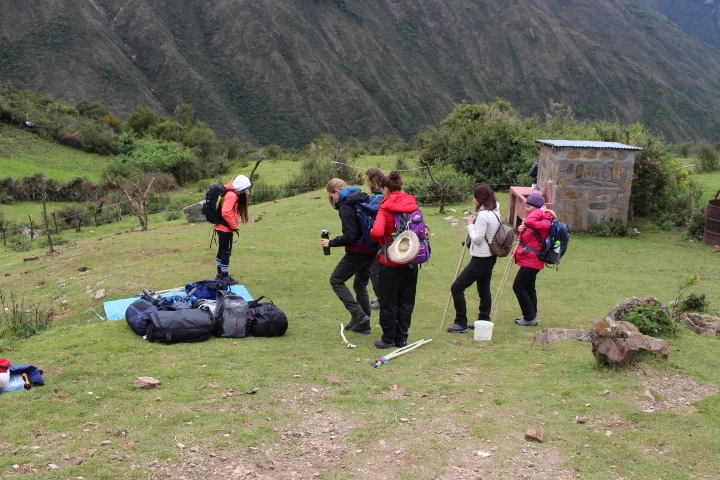
For travelers considering a June visit, we recommend booking the Inti Raymi 2023 Tour, which takes place on June 24th, and adding the Palcoyo Mountain Tour to your itinerary. This tour showcases the stunning Rainbow Mountain, situated in the heart of the Andes.
Ideal Timing for Salkantay Trek
We suggest undertaking the Salkantay Trek between May and October. While the trek is feasible throughout the year, the months from December to March, characterized by heavy rainfall, can make the experience more challenging.
Weather Conditions for Salkantay Trek
The weather along the Salkantay Trek varies significantly due to the diverse terrain and altitudes. The most critical weather conditions are experienced at the Salkantay Pass and Soraypampa camp, where temperatures can fall below freezing. In contrast, the other camps enjoy relatively warmer temperatures due to their proximity to the cloud forest.
Monthly Weather Breakdown for the Salkantay Trek: October to March: These months mark the rainy season, characterized by sunny days (19°C) and milder nights (4°C), but with a high frequency of rainfall.
From April to September:
During this timeframe, it is the dry season, with consistent daytime temperatures (18°C), yet the coldest nights (-10°C) of the year.
Weather Variations on the Salkantay Trek:
The ‘Abra Salkantay’ segment encounters the most extreme nighttime cold, dropping to temperatures as low as -10°C. The remainder of the trek enjoys a tropical climate, with daytime temperatures peaking at 26°C and nighttime temperatures around 12°C, especially along the route to Aguas Calientes.
Salkantay Trek: Temperatures and Cold Conditions
Temperatures maintain a predictable pattern year-round, with warm days reaching the high twenties Celsius and chilly mornings and evenings in single-digit temperatures, occasionally dipping below zero degrees Celsius. Dressing in layers is crucial for maintaining comfort throughout the trek, especially considering the temperature variations caused by the micro-climates at different altitudes. For specifics on recommended clothing and equipment, refer to the packing list section below.
Salkantay Trek: Difficulty Level and Duration
The level of challenge on the Salkantay Trek varies depending on individual physical fitness, previous experience on similar routes, and overall health. Overall, the trek is known for its demanding nature, particularly due to the high altitude, underscoring the importance of adequate acclimatization before navigating the more strenuous segments of the trail.
The most demanding day usually falls on the second day, which entails reaching the highest point of the trek at Salkantay Pass, situated at an elevation of 4,600 meters. Nevertheless, with proper acclimatization, this day can be successfully managed.
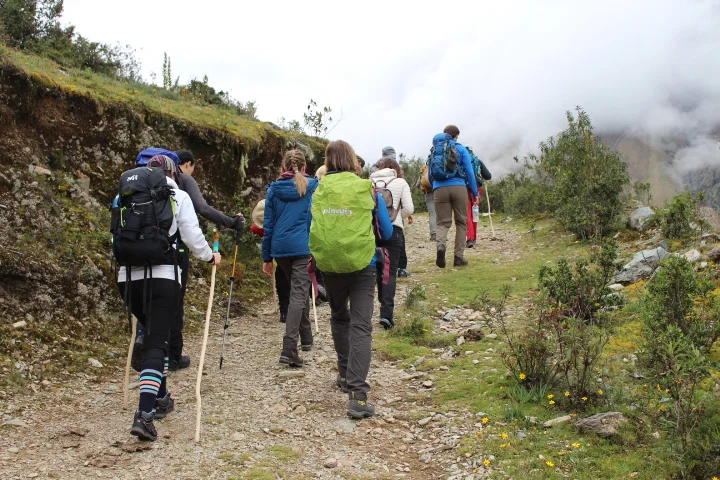
Regarding the distance of the Salkantay Trek, the trail spans around 74 km (45.98 miles) across a 5-day duration, culminating at the historic Inca City of Machu Picchu.
If you have apprehensions about the level of difficulty on the Salkantay Trek, we advise adhering to our Training for Salkantay Trek guidelines to guarantee that you are adequately prepared for the expedition.
Salkantay Trek Elevation Profile
The altitude along the Salkantay Trek varies from a minimum elevation of 2,200 meters above sea level (m.a.s.l.) at the final camp in Sahuayaco to just over 4,600 meters (4,900 meters if combining the Salkantay and Inca Trail Treks) at the highest point of the route. This may mark the highest altitude you have encountered outside of an aircraft.
At this height, each breath contains approximately 45% less oxygen compared to sea level, leading to potential physiological effects.
Cusco, the starting point of the Salkantay Trek, sits at an elevation of 3,400 meters above sea level, which can pose challenges for some individuals. To prepare for the trek, it is advisable to spend at least 48 hours in Cusco prior to commencing the tour, stay hydrated, avoid alcohol, and ensure adequate rest.
The Salkantay Trek’s elevation profile indicates that the initial two days are demanding, with the trek becoming progressively easier thereafter.
INQUIRE NOW!

